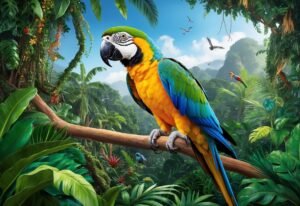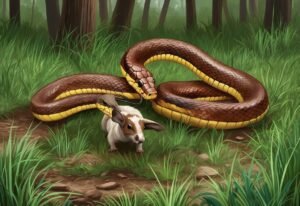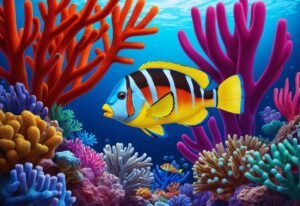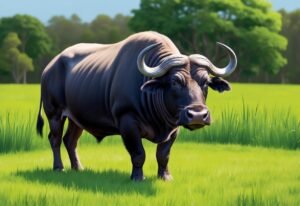The Psychology of Wordle: Why We’re Hooked on Five-Letter Fun

Wordle’s addictive nature stems from stimulating language and logic processing in the brain, utilizing reward psychology, social sharing, and daily rituals.

Wordle’s addictive nature stems from stimulating language and logic processing in the brain, utilizing reward psychology, social sharing, and daily rituals.

Kudzu vine (Pueraria montana), native to Asia and introduced in the late 1800s, has spread rapidly in the Southeastern U.S., covering 7 million acres and harming native plants.

Although commonly attributed to George Washington Carver, the true inventor of peanut butter is Marcellus Gilmore Edson, who patented peanut paste in 1884.

Contact, as a versatile term, plays a crucial role in human connection, sharing information, and building relationships through various methods in personal, business, and medical contexts.

Parrots are colorful and intelligent birds found across the globe, thriving in various environments like rainforests and savannas, living in flocks, and showcasing diverse physical traits and advanced behaviors.

Copperhead snakes, common in parts of the U.S., have distinct reddish-brown bands and blend in with foliage; their rarely deadly bites require calmness and medical help.

Parrotfish are vibrant, tropical fish with beak-like mouths that maintain coral reef health by eating algae and converting coral into sand, aiding ecosystems.

Water buffalo are large, powerful animals belonging to the Bovini tribe, with river and swamp types, vital for agriculture and daily life, domesticated 3,000-7,000 years ago.

Pangolins are unique mammals with keratin scales and specialized diets, facing threats from trafficking and habitat destruction, necessitating urgent protection.
Though California entered the Union as a free state in 1850, slavery and unfree labor practices existed involving enslaved African Americans and Indigenous people during the Gold Rush and earlier colonial periods.